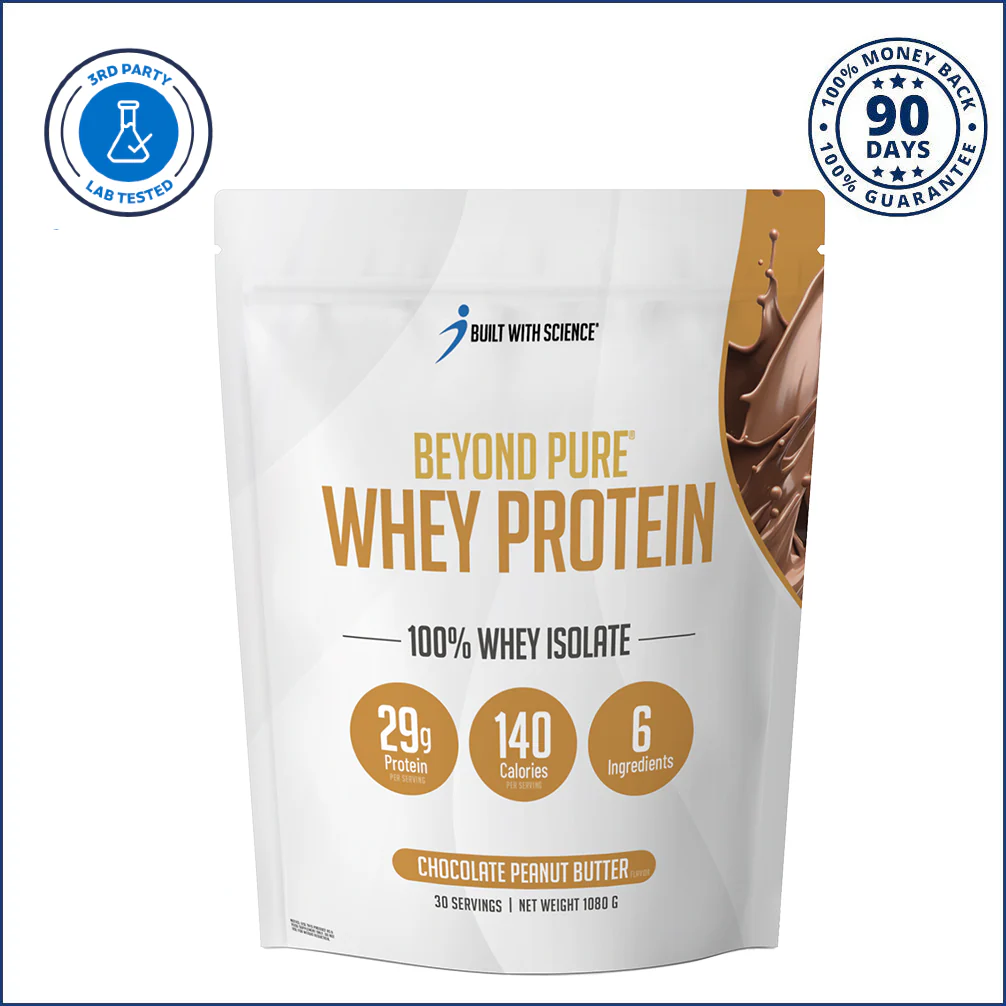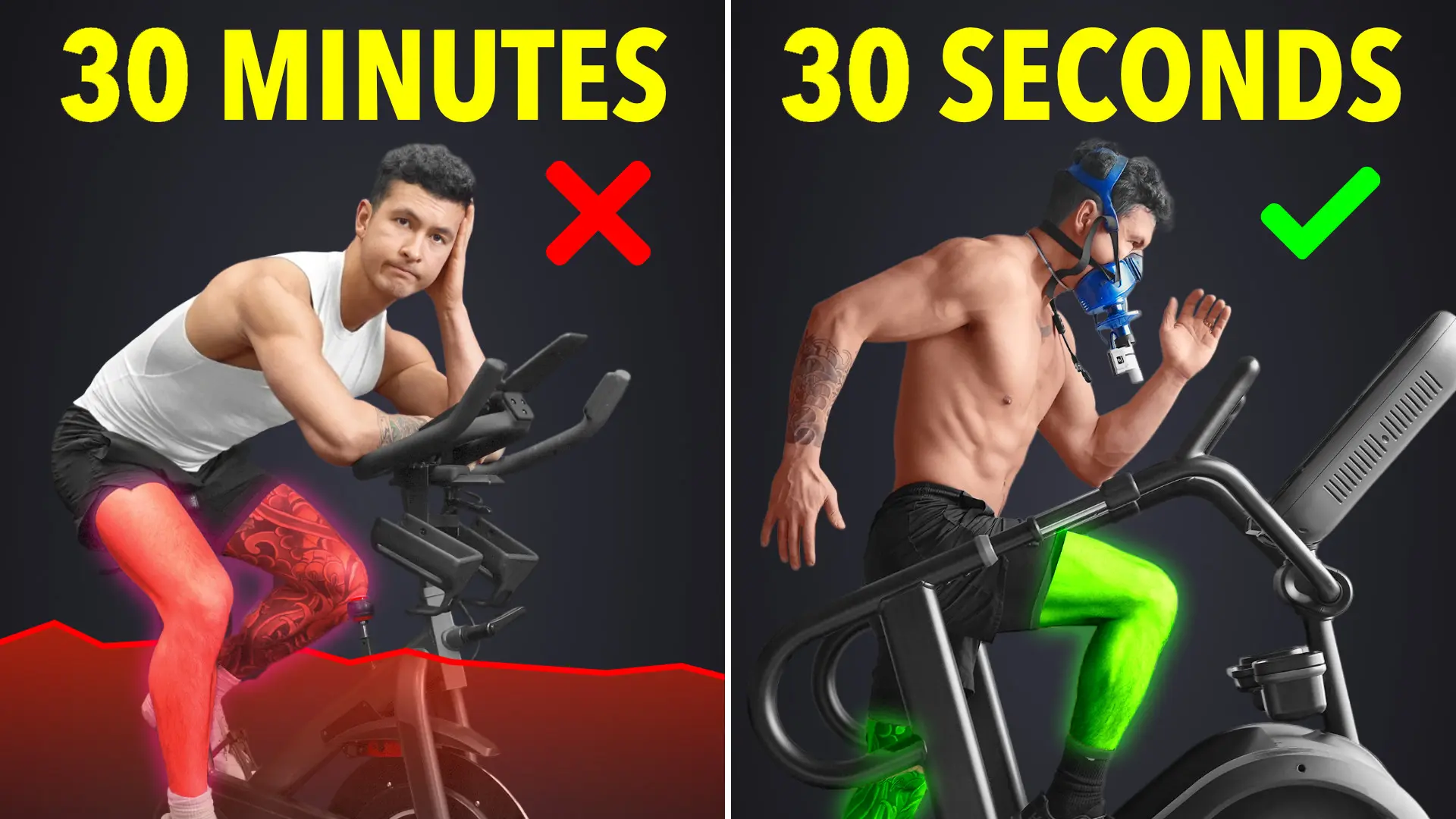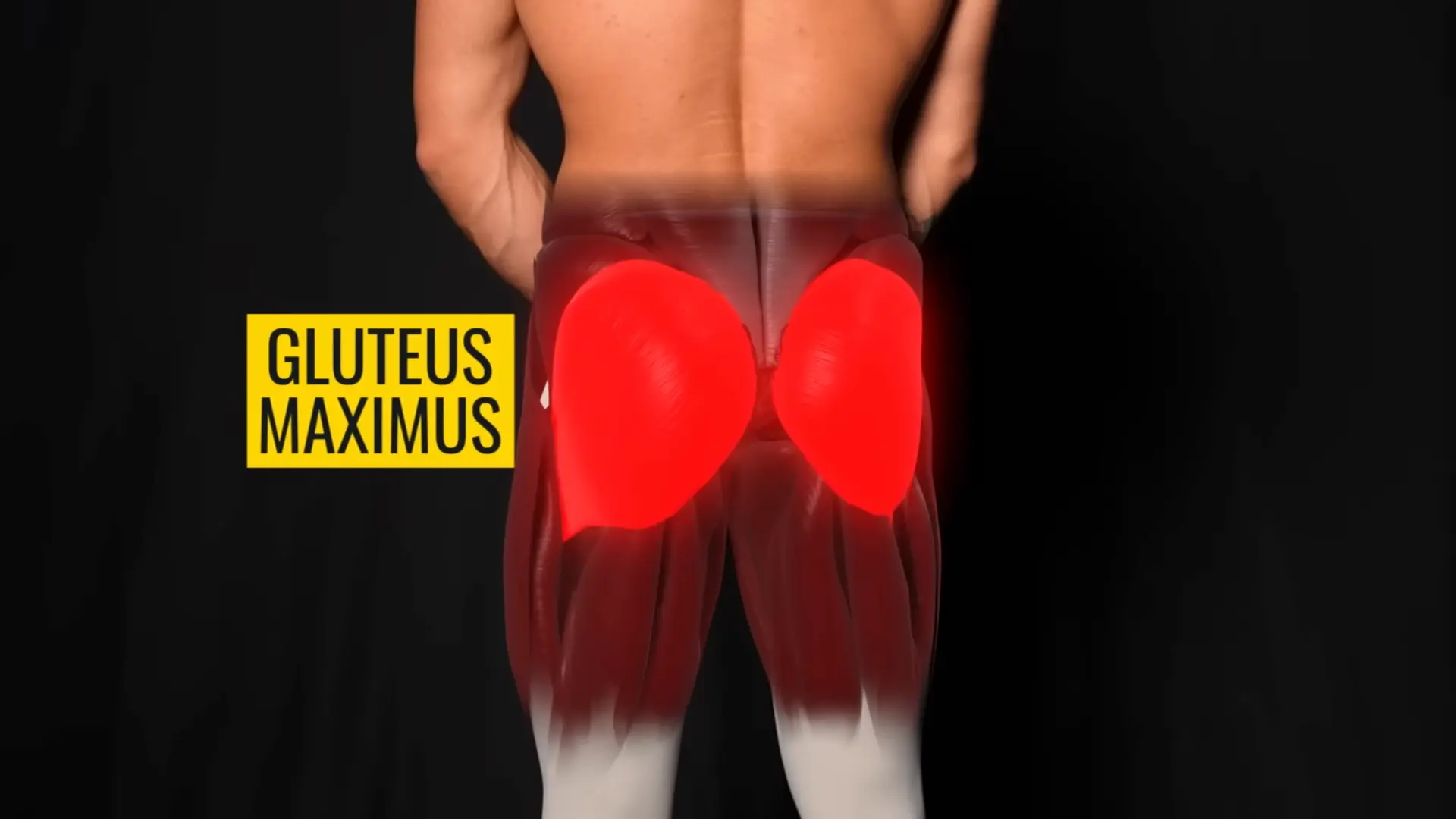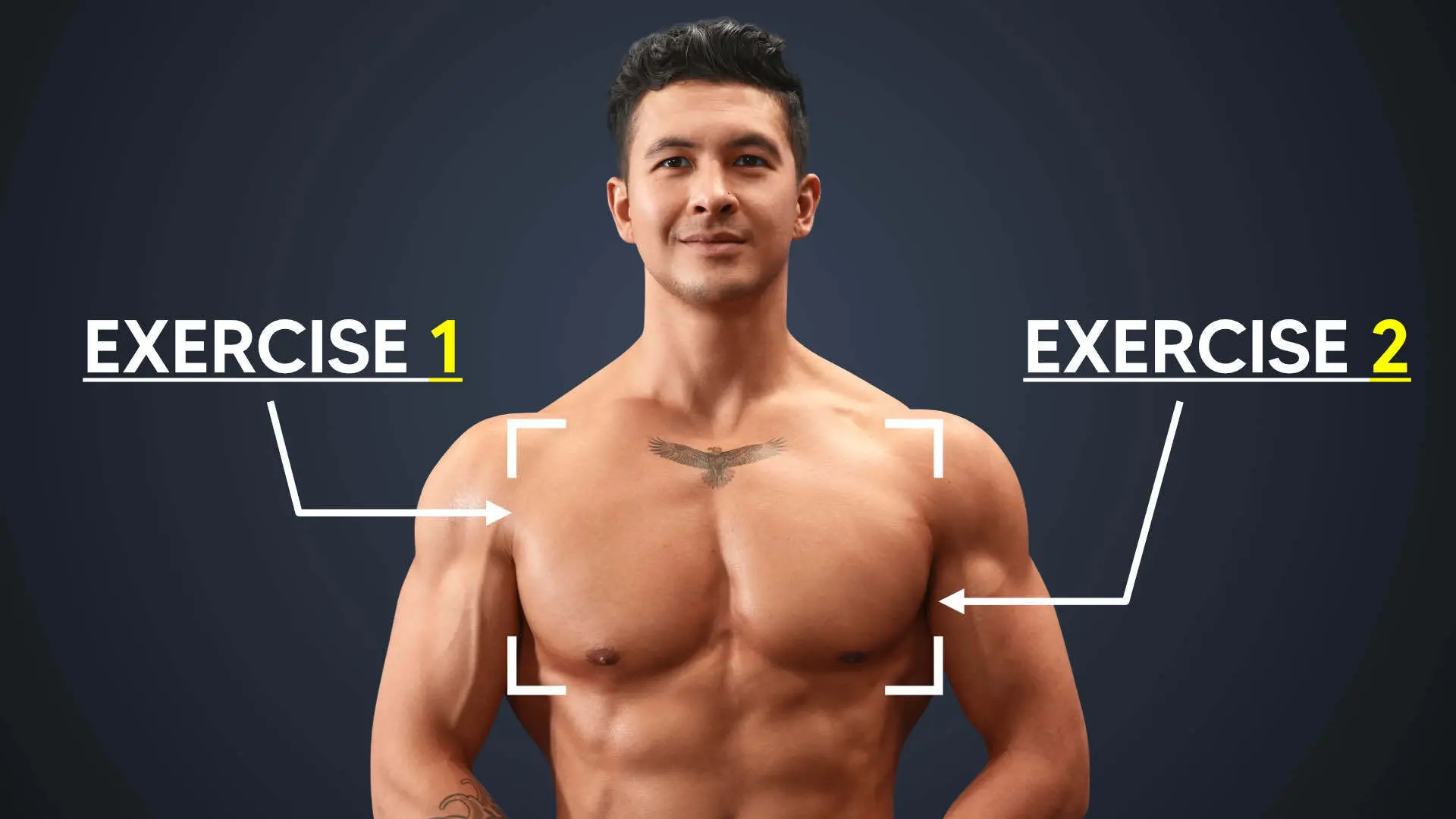
The ONLY 2 Chest Exercises That Actually Grew My Chest
My chest has grown faster than ever. All it took was focusing on 2 key chest exercises — discover which and start experiencing the same chest growth I did.
Does your chest refuse to grow no matter how many chest exercises you try?
Trust me, I’ve been there. I tried every “big chested fitness influencers workout”, yet my chest stayed flat and underdeveloped.
And it was embarrassing.
I hated taking my shirt off because I didn’t want anyone to notice it. But over the last year, that changed.
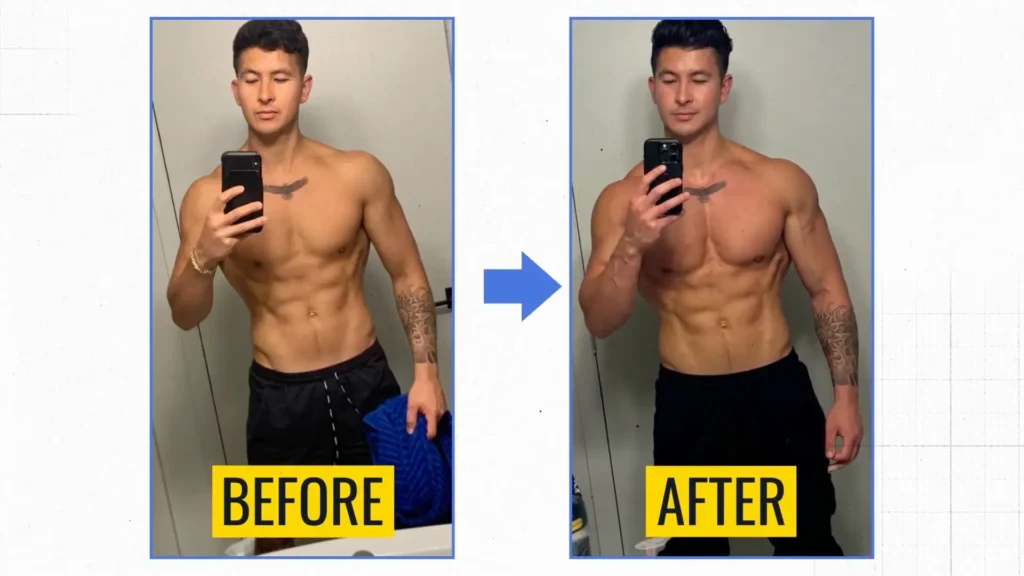
My chest has grown faster than ever — I’ve even got new stretch marks from the growth.
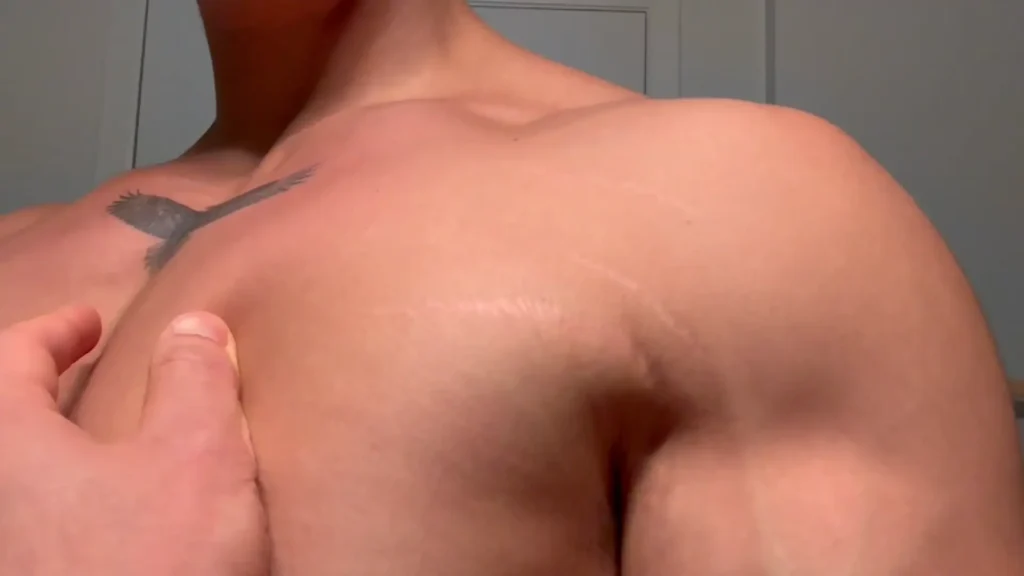
And all it took was focusing on 2 key chest exercises that actually fit my genetic structure. Do these chest exercises properly, and I guarantee you’ll start experiencing the same chest growth I did in no time.
So, which 2 chest exercises? Well, it wasn’t the barbell bench press, and here’s why …
Why The Barbell Bench Press Doesn't Work For Me
Multiple studies show a strong correlation between bench press strength and chest growth.
So, on average, a bigger bench does lead to a bigger chest.
But even after increasing my bench press from 25 lbs on each side to 2 plates, other muscles grew, but my chest? It stayed flat.
Why? Well, studies report averages. While they provide insight into what works for most people, there are always outliers.
And I soon realized I was one of them.
My genetic structure meant the bench press wasn’t the best option for growing my chest — even when I performed the barbell bench press properly.
As for why, part of this has to do with the fact that the barbell locks your arms into a fixed position.
So, no matter what I tried with my form, I could never really get my chest to activate properly based on how my bones are structured.
What Did I Do Instead?
Two things.
First, I switched from a barbell to dumbbells. This gave me the freedom to adjust my pressing angles, which allowed me to better activate my chest.
Second, I changed the bench angle.
In a study done back in 2020, researchers split participants into three groups:
- Incline bench press
- Flat bench
- Flat and incline bench (equal volume between both)
After 8 weeks, the incline group saw the same mid-chest growth as the other groups but with significantly more upper chest development.
But here's the catch.
“Incline” doesn’t mean’t mean the same thing for everyone. And this is where understanding your genetic structure becomes important.
If you have what’s known as a steep sternum angle, then a flat bench isn’t really a “flat” press. It acts more like a decline press because your chest fibers are angled downwards. In this case, you’d have to use a relatively high incline of about 30 to 45 degrees to actually hit the upper chest.
But if you’ve got a flat sternum angle, like me, a flat bench is flat, and it only takes a slight incline to unlock the upper chest.
Anything higher, and you’ll mostly feel it in your shoulders, which is exactly what happened to me.
Exercise #1: Incline Dumbbell Press
So, for my body type, setting the incline just one or two notches up was the sweet spot to maximize my chest activation.
To find out what your sternum angle is, lay down on a flat bench, and place your phone between your pecs right on top of your sternum.
If your phone angles down, you have a steeper sternum angle. If your phone sits more horizontally, you have a flat sternum angle like me.
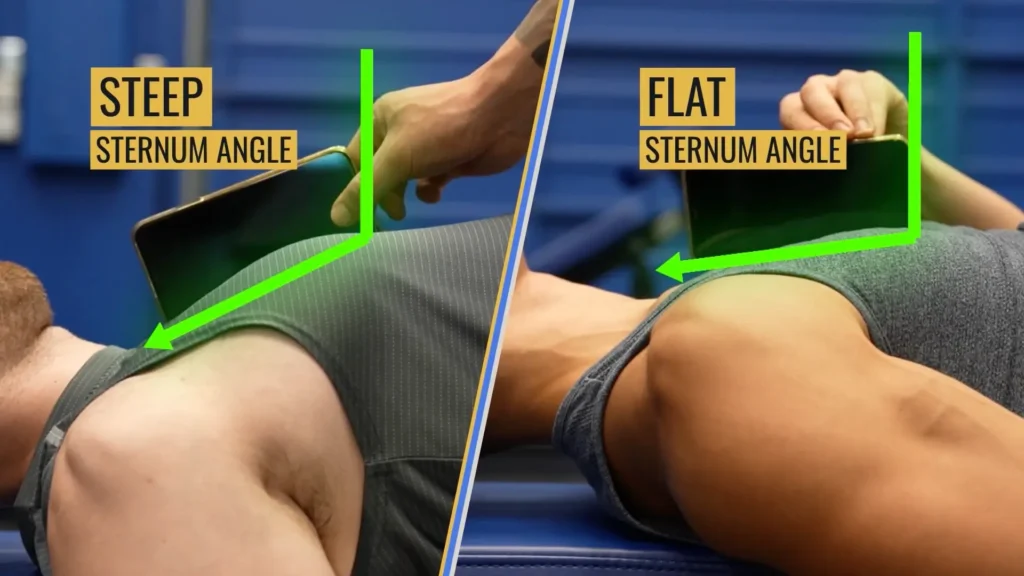
But here’s the thing.
Even after figuring out my sternum angle, applying this exercise swap, and working my way up to pressing 95-pound dumbbells, my chest still wasn’t growing as much as I hoped.
It was frustrating. At this point, I thought my Filipino genetics cursed me with a flat chest forever … until I realized I was neglecting one more key factor.
The Stretch
Take a look at Ronnie Coleman’s pressing form.
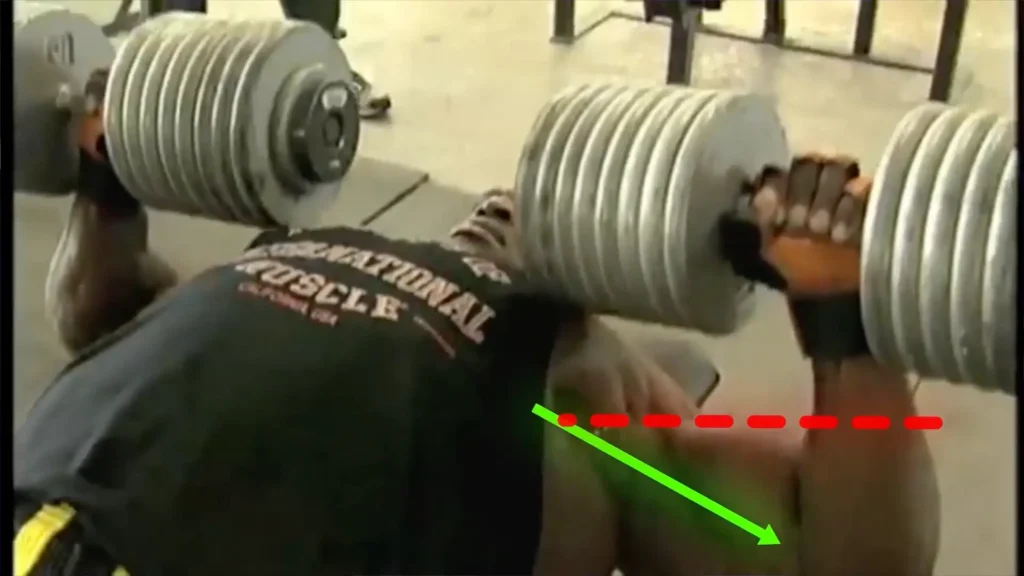
Watch his upper arms. Notice how they go well below 90 degrees at the bottom of each rep and how he doesn’t fully lock out his arms at the top. What’s fascinating is that bodybuilders like Ronnie learned just through trial and error that this form grew their chest the best.
But now, there’s research to back it up.
While studies on the chest are still needed, every single study on the biceps, quads, and calves (here, here, here, and here) has shown that performing half reps in the deep stretch position results in significantly more growth than half reps at the top.
So even though I was lifting heavy, I was doing the complete opposite of what’s best for growth.
And as much as it hurt my ego, I decided to let go of the big 95s and grab the smaller 65s instead. And yeah, it stung a little ...
But remember, it’s not the size that matters; it’s how you use it — and that couldn’t be more true here.
Focusing on that deep stretch and constant tension with the 65s did way more for my chest than ego-lifting those 95s ever did.
But, to continue forcing chest growth, once I nailed down my form and could really feel my chest working, I slowly started progressing the weight again.
Remember: Don't Rush The Process
But here’s the thing.
It’s taken me a full year to work back up to the 80s with this new form. So focus on getting stronger, but don’t rush it and sacrifice your form in the process.
Now, as for how to implement this exercise into your weekly routine, I’ve tried to make this as easy as possible by creating a free 6-week chest workout plan that implements the 2 chest exercises into a full workout plan you can start following right away.
Exercise #2: Pec Deck Machine? (No)
I’ll explain how you can access that later, but for now, since the first exercise focused primarily on my upper chest, I now needed a second exercise to target the mid and lower chest, especially the outer portion.
For years, I relied on the pec deck machine. But while it’s great for isolating the chest, here’s the issue: it’s hardest at the end of the movement, during the squeeze.
But the latest research suggests that exercises challenging your muscles in the stretched position tend to deliver more growth, especially in the distal parts of the muscle, which in this case would be the outer chest.
The problem? Unlike other muscle groups like the biceps, this hasn’t been directly tested on the chest.
This means we don't know if chest exercises challenging your muscles in the stretched position would also deliver more growth.
That’s why I recently launched a study using custom machines and MRI technology to see if this approach truly works for the chest, shoulders, and glutes. I’ll update you on the results, but for now, let’s talk about what worked for me.
The Real Exercise #2: Seated Cable Fly
Instead of the pec deck, I grabbed an incline bench, set it 1 notch below the very highest incline, and put it smack in the middle of a cable machine to create my own seated cable fly.
The beauty of this exercise is that if you execute it properly, it not only challenges your chest in that deep stretch but also maintains tension throughout the full range of motion, even at the end during the squeeze.
Something pressing chest exercises don’t fully provide.
But remember, just swapping the exercise isn’t enough.
I made 3 key tweaks to get the most growth out of it.
Getting The Most Growth Out Of The Seated Cable Fly
First, I placed a half foam roller behind my back.
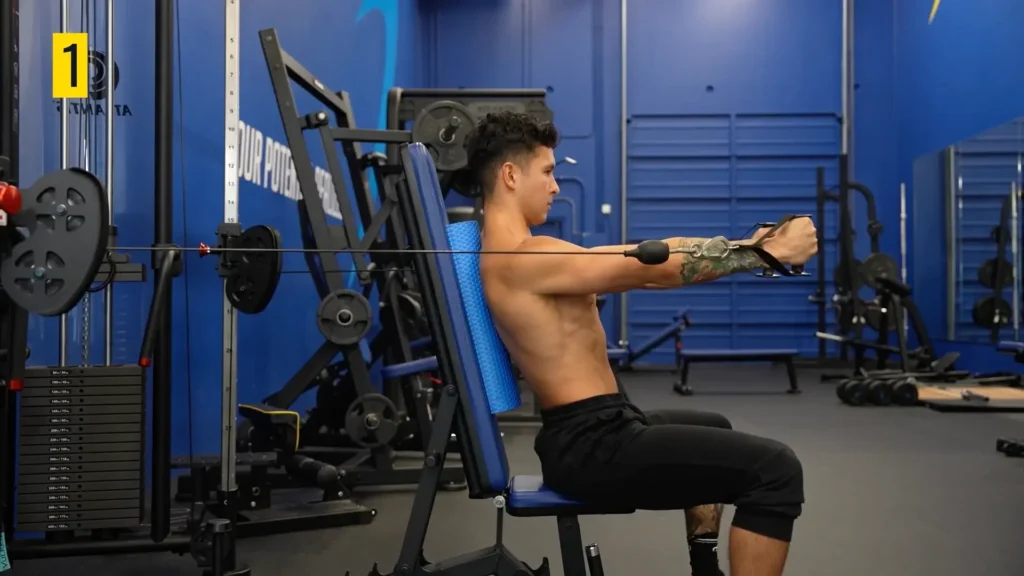
This helps open up the chest to unlock that deeper stretch we’ve been talking about. It might feel a bit weird at first, but believe me, it’s game-changing once you get it right.
If you don’t have a half foam roller, a regular one will work too.
Just slide it in and let it open you right up. Trust me, it feels even better than it sounds (wink).
Second, I adjusted the cable setup.
I set the cables at shoulder height and scoot my butt forward on the bench.
This aligned the tension directly with my mid and lower chest. But to actually keep that tension on my chest throughout the movement, I avoided letting my forearms drift out of line with the cable, and instead focused on keeping them directly in line.
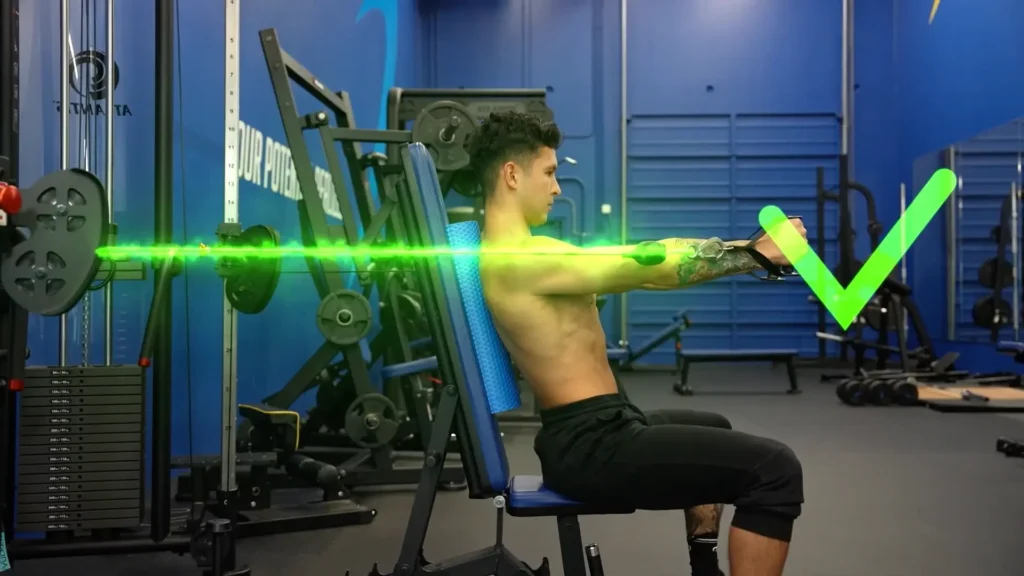
Lastly, I had to stop my shoulders from taking over.
Since my chest was so weak, I had the tendency to roll my stronger shoulders forward and let my chest cave in especially as the reps got really tough.
But the way I prevented this was actually quite simple. I imagined a string attached to my sternum, pulling my chest up during the entire movement as I simply focused on squeezing my biceps into the sides of my chest.
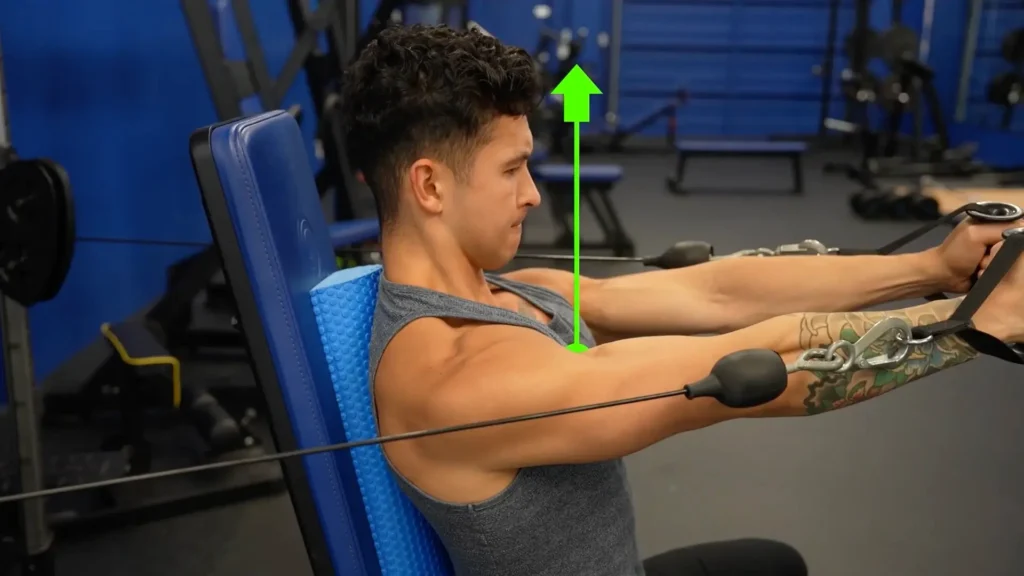
Then once the reps got tough, as soon as I felt my shoulders creeping forward, I knew my chest hit failure and I was just cheating my way to more reps, so I’d end it there.
What If Your Only Option Is The Pec Deck?
Now, speaking of failure, what if your gym’s packed and the pec deck is the only chest fly available? No problem. There’s actually a way to make it more effective.
Here’s how: first, do as many full reps as you can to focus on the squeeze.
But after you hit failure, shift your attention to the stretch by cranking out as many half-reps as possible in that stretched position. This way, you still get the benefit of the squeeze without sacrificing that crucial stretch.
TL;DR
- Why the BB bench press isn’t on my list of chest exercises: it locked my arms into a fixed position, which means I could never really get my chest to activate properly.
- So, I swapped the BB for the dumbbells and changed the angle of the bench (incline) for better overall chest development. Really focus on the stretch here.
- Note: how high you set the bench depends on your sternum angle. For me, with a flat sternum angle, just 1 or 2 notches up is the sweet spot.
- Next up on my list of chest exercises is a seated cable fly, which 1) challenges the chest in the deep stretch and 2) maintains tension throughout full ROM.
- Tips for the seated cable fly: 1) place a half-foam roller behind your back, 2) set the cables at shoulder-height, and 3) stop your shoulders from taking over.
Do You Really Only Need 2 Chest Exercises?
I’ll be honest guys, there were times when I almost gave up on my chest because no matter what I tried, nothing seemed to work. It was frustrating, and I felt stuck. But dialing back, analyzing my form, and choosing the 2 chest exercises that matched my structure was the breakthrough I needed and I know it will work for you too.
But some of you might be wondering, Can you really build your entire chest with just these 2 chest exercises?
Well, I’ve recently decided to push my chest training to the next level by experimenting with a much higher volume approach (built around these exact 2 chest exercises) based on some new research.
My goal is to turn my chest into a strong point by next year, and I’m tracking every step to find what works best. I’ll be sharing these updates here, so if you want to stay ahead with the latest strategies, keep an eye out.
But, the short answer is yes.
If you’re executing these 2 chest exercises with the right form but also doing enough volume and properly progressing them, you can see incredible chest growth.
Which is why I built 2 resources to help you out.
Free 6-Week Plan Built Around The 2 Chest Exercises
First, I’ve created a free 6-week chest workout plan focused on getting the most out of these 2 chest exercises.
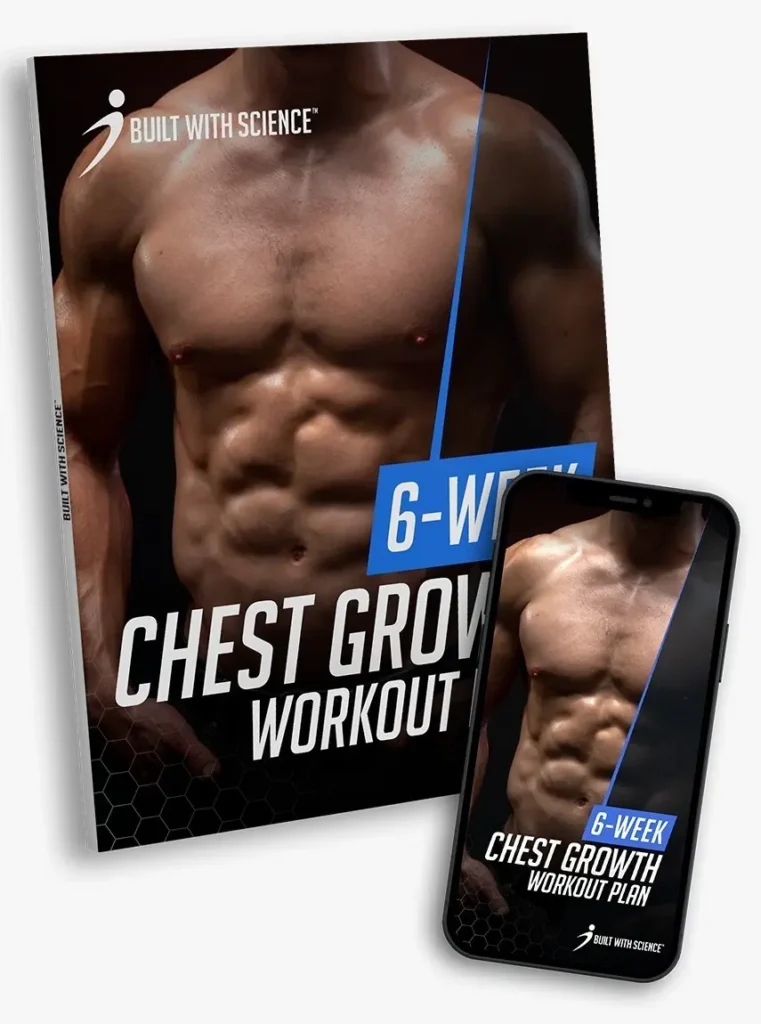
You can download it here:
Click the button below to download your FREE 6-week chest workout plan:
↓
Step-By-Step Built With Science Program
And second ...
For a more personalized approach that provides all the detailed guidance you need for all your workouts (not just these chest exercises or your chest workouts) — like how to set up the right angles, make form adjustments based on your body type, and ensure you’re progressing every week, then just take our quick, free analysis quiz below to discover the best Built With Science program for you and your body:
Click the button below to take my analysis quiz to discover the best program for you:
↓
Now, if you’re ready to take your chest gains to the next level, you’ll need wide shoulders to match. So check out this article next for my go-to shoulder workout that blew my shoulders up.
Thanks for sticking to the end, and I'll catch ya next time!

